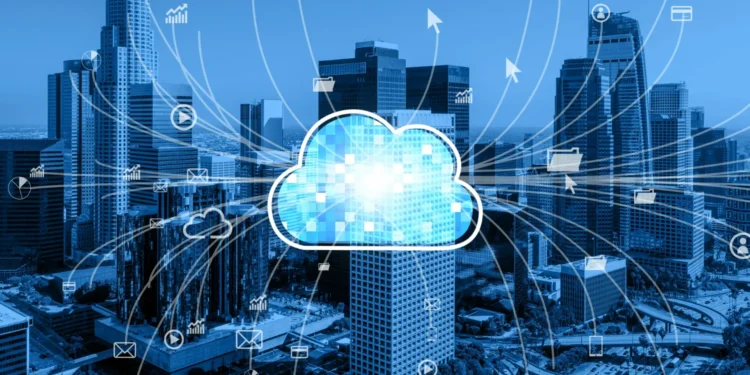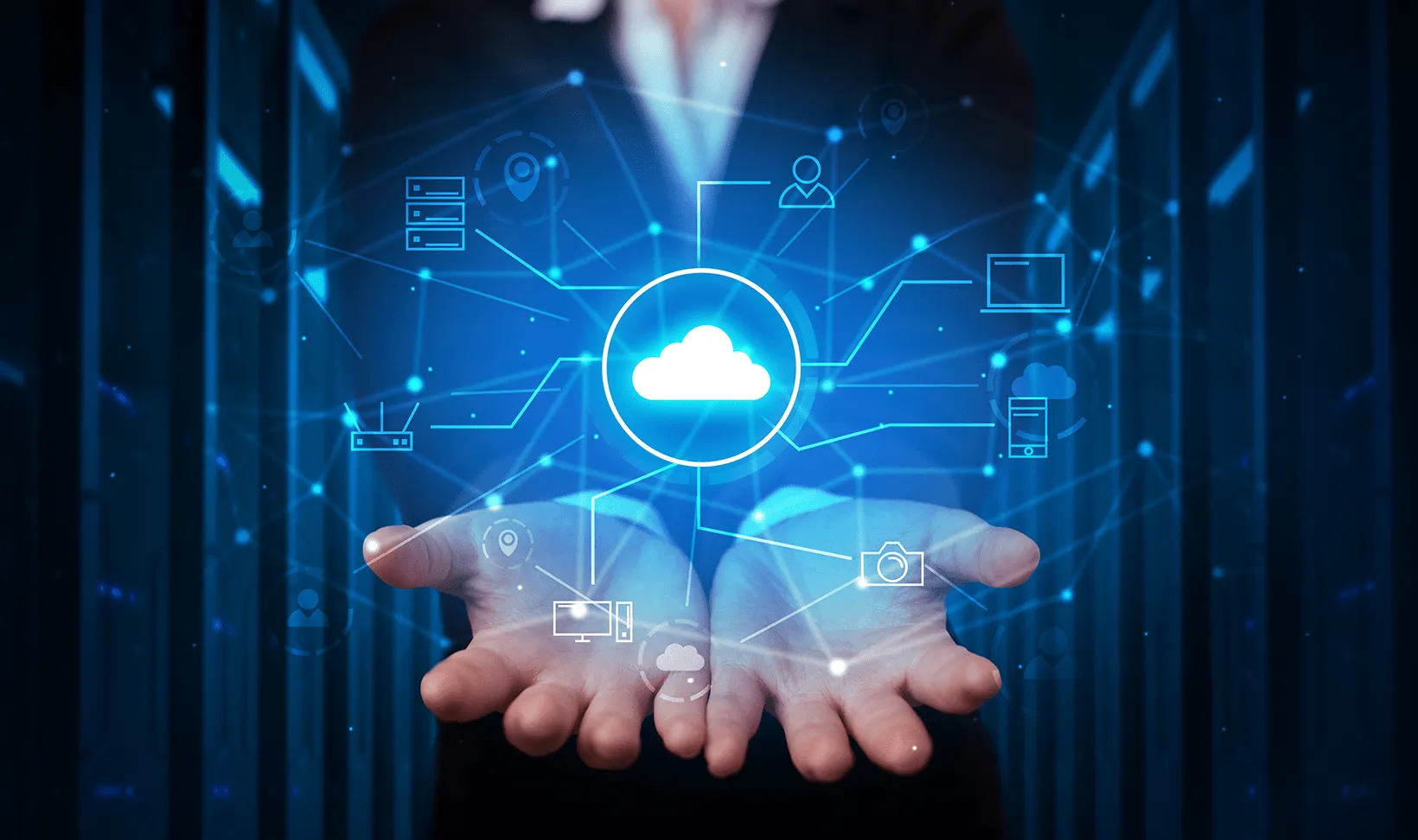Cloud computing is revolutionizing the way businesses operate, offering scalable, secure, and cost-efficient solutions. In 2024, the latest innovations in cloud technology are focused on enhancing performance, security, and automation. Companies are leveraging artificial intelligence (AI), hybrid cloud strategies, edge computing, and advanced security frameworks to optimize their cloud environments. These innovations enable businesses to handle vast amounts of data, streamline operations, and increase cybersecurity resilience. This guide explores over 75 cloud computing innovations, grouped into categories for better understanding.
Cloud technology continues to evolve rapidly, driven by the need for greater agility, flexibility, and cost-effectiveness. The demand for serverless computing, AI-driven cloud management, and improved multi-cloud interoperability is at an all-time high. Businesses are prioritizing automation and predictive analytics to optimize workloads and reduce operational costs. Cloud providers are also enhancing security measures to counter sophisticated cyber threats and ensure regulatory compliance. Below, we delve into the top cloud computing innovations shaping 2024 and beyond.

Hybrid and Multi-Cloud Innovations
Hybrid and multi-cloud environments offer flexibility, resilience, and cost efficiency for businesses that want to optimize their cloud operations. Organizations are increasingly using hybrid cloud strategies to combine on-premises, private, and public cloud infrastructures for greater control and security. Multi-cloud deployments allow businesses to leverage the best services from different providers while avoiding vendor lock-in. Advanced tools in automation, interoperability, and security are making hybrid and multi-cloud architectures more reliable and scalable. The following innovations are shaping the future of hybrid and multi-cloud computing.
- Unified Cloud Management Platforms – These platforms offer centralized control over hybrid and multi-cloud environments, providing visibility, security, and automated workload optimization across different cloud providers.
- AI-Driven Cloud Optimization – Machine learning algorithms analyze workloads, resource utilization, and traffic patterns, automatically adjusting configurations to minimize costs while maintaining performance and reliability.
- Cloud-Native DevOps Tools – Integrated DevOps solutions streamline cloud-based software development, enabling continuous integration, automated testing, and deployment across multiple cloud environments with minimal manual intervention.
- Hybrid Cloud Security Enhancements – Advanced security frameworks provide end-to-end encryption, zero-trust policies, and AI-driven threat detection for hybrid and multi-cloud infrastructures, ensuring data protection and compliance.
- Cloud Workload Portability Solutions – New technologies facilitate seamless migration of applications between different cloud providers, reducing downtime, improving interoperability, and minimizing dependency on a single vendor.
- Zero Trust Architecture for Cloud – This security approach enforces strict identity verification, least-privilege access, and real-time monitoring to protect sensitive data and applications in multi-cloud environments.
- Multi-Cloud Disaster Recovery Solutions – Automated backup and failover systems distribute data across multiple cloud providers, ensuring business continuity and reducing downtime in case of cyberattacks or outages.
- Cross-Cloud Data Sharing Tools – Secure APIs and distributed storage solutions allow businesses to transfer and synchronize data between cloud providers without performance bottlenecks or security risks.
- Multi-Cloud Kubernetes Management – Advanced orchestration platforms enable seamless container deployment, scaling, and management across different cloud environments, improving operational efficiency for cloud-native applications.
- Automated Compliance Monitoring – AI-powered compliance tools continuously assess cloud configurations, ensuring adherence to industry regulations and data governance policies across hybrid and multi-cloud infrastructures.
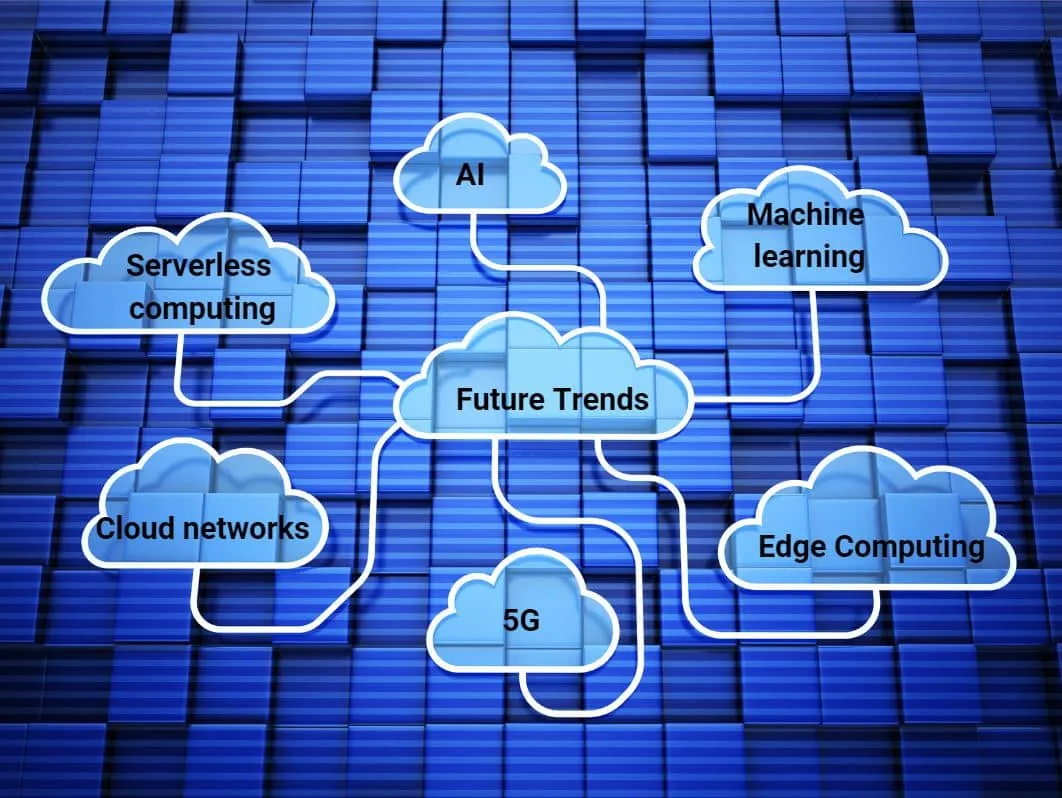
AI and Machine Learning in Cloud Computing
Artificial intelligence (AI) and machine learning (ML) are transforming cloud computing by enabling automation, data-driven decision-making, and predictive analytics. Cloud providers are integrating AI into their services to optimize performance, improve security, and reduce costs. Businesses can now deploy AI-driven applications with minimal infrastructure requirements, leveraging scalable cloud resources to process vast datasets. AI-powered cloud innovations enhance everything from cybersecurity to IT operations, making cloud environments smarter and more efficient. The following AI-driven innovations are shaping cloud computing in 2024.
- AI-Powered Cloud Security Tools – These intelligent security solutions use machine learning algorithms to analyze network traffic, detect anomalies, and respond to cyber threats in real time, preventing data breaches.
- Automated Cloud Resource Scaling – AI-driven auto-scaling mechanisms dynamically adjust cloud resources based on workload demands, optimizing cost efficiency while ensuring uninterrupted performance.
- AI-Driven IT Operations (AIOps) – Cloud-based AIOps platforms monitor system performance, detect potential issues before they occur, and automate remediation processes to minimize downtime and improve reliability.
- AI-Based Cost Management Solutions – Machine learning analyzes cloud usage patterns, recommending cost-saving measures such as workload redistribution, reserved instance purchasing, and optimal cloud service selection.
- AI-Powered Data Warehousing – AI-driven analytics platforms improve data indexing, query execution, and retrieval speeds, enabling businesses to gain actionable insights from large-scale cloud data storage.
- Cloud-Based AI Model Training – Scalable cloud environments provide on-demand computing power for training and deploying machine learning models, significantly reducing time and cost for AI development.
- Conversational AI in Cloud Services – Cloud providers integrate AI-powered chatbots and virtual assistants into cloud management interfaces, enabling users to interact with cloud systems using natural language commands.
- AI-Driven Serverless Computing – Serverless platforms use AI to optimize function execution, automatically managing compute resources and minimizing latency for highly responsive cloud applications.
- AI-Augmented Business Intelligence Tools – Cloud-based BI solutions leverage machine learning for predictive analytics, trend detection, and automated data visualization, enhancing decision-making for enterprises.
- AI-Powered Threat Intelligence – Cloud security platforms incorporate AI to analyze global threat data, identify potential cyberattacks, and proactively mitigate risks before they impact cloud infrastructure.

Edge Computing and IoT Cloud Innovations
The rise of edge computing and the Internet of Things (IoT) is driving new advancements in cloud computing, enabling faster data processing and real-time analytics. Edge computing reduces latency by bringing computation closer to the data source, improving performance for applications that require instant responses. IoT cloud solutions help businesses manage connected devices, analyze sensor data, and automate processes. These innovations enhance cloud computing efficiency by distributing workloads across edge and cloud environments. The following innovations are shaping edge computing and IoT cloud solutions.
- 5G-Enabled Edge Cloud Computing – Ultra-fast 5G networks enable real-time data processing at the edge, reducing latency for applications like autonomous vehicles, smart cities, and industrial automation.
- AI-Enhanced Edge Analytics – AI-powered edge devices process data locally, minimizing the need to transfer large volumes of information to cloud servers, improving efficiency and response times.
- Edge Security and Zero Trust – Advanced security frameworks protect edge devices from cyber threats, implementing authentication, encryption, and anomaly detection at the network’s edge.
- Cloud-Integrated IoT Platforms – Scalable cloud-based IoT solutions enable businesses to manage millions of connected devices, analyze sensor data, and automate workflows in real time.
- Serverless Edge Computing Services – Cloud providers offer serverless platforms designed specifically for edge environments, enabling event-driven computing without managing infrastructure.
- AI-Powered Predictive Maintenance – IoT sensors in industrial environments collect data, which AI analyzes in the cloud to predict equipment failures and optimize maintenance schedules.
- Real-Time Video Analytics in Cloud – Edge computing accelerates AI-powered video processing, enabling real-time surveillance, facial recognition, and automated video insights.
- Decentralized Cloud Storage for IoT – Distributed cloud storage solutions ensure secure data storage and retrieval for IoT applications, reducing reliance on centralized cloud servers.
- Federated Learning in Cloud AI – Machine learning models train across decentralized cloud and edge environments, allowing AI to learn without sharing sensitive data across networks.
- Edge AI for Smart Cities – Cloud-enabled AI solutions process data from traffic sensors, surveillance cameras, and public infrastructure to optimize urban planning and safety measures.
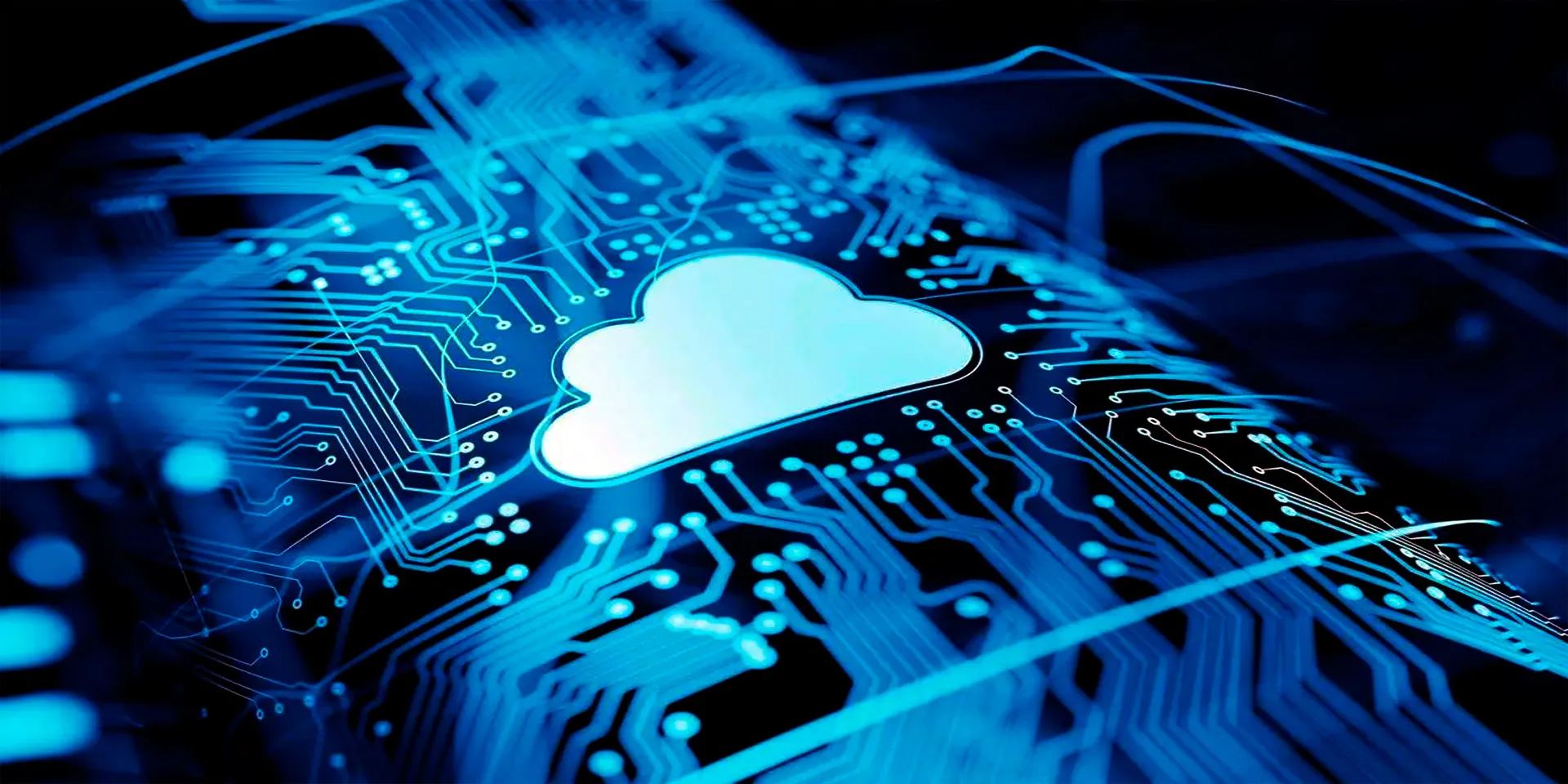
Cloud Security and Compliance Innovations
As cloud adoption grows, cybersecurity threats and regulatory requirements become more complex. Organizations must protect sensitive data, prevent cyberattacks, and comply with industry regulations. Cloud providers are introducing new security innovations that strengthen data protection, automate compliance, and mitigate risks. Security frameworks such as zero-trust models, AI-driven threat detection, and advanced encryption techniques are making cloud environments more resilient. The following innovations improve cloud security and compliance in 2024.
- Confidential Computing in Cloud – Uses secure enclaves to encrypt data while in use, preventing unauthorized access to sensitive workloads and computations.
- Zero-Trust Cloud Security Architecture – Implements continuous identity verification, least-privilege access control, and AI-powered monitoring to prevent breaches.
- Post-Quantum Cryptography Solutions – Cloud providers develop encryption methods resistant to quantum computing attacks, ensuring long-term data security.
- AI-Driven Cloud Threat Detection – Machine learning algorithms analyze cloud activity to identify anomalies and detect security threats in real time.
- Automated Security Compliance Audits – AI-powered tools monitor cloud configurations, ensuring adherence to regulatory frameworks such as GDPR, HIPAA, and ISO 27001.
- Cloud-Based Extended Detection and Response (XDR) – Integrates security across endpoints, networks, and cloud environments, providing unified threat detection and response.
- Decentralized Identity Management for Cloud – Blockchain-based identity authentication enhances security and privacy, reducing risks of credential theft.
- Cloud-Native Web Application Firewalls (WAFs) – Protects applications from malicious traffic and attacks by filtering and monitoring HTTP requests.
- Homomorphic Encryption in Cloud Security – Allows data to be processed while remaining encrypted, improving privacy for sensitive computations.
- AI-Powered Ransomware Protection in Cloud – Uses machine learning to detect ransomware patterns, prevent file encryption, and isolate compromised resources automatically.
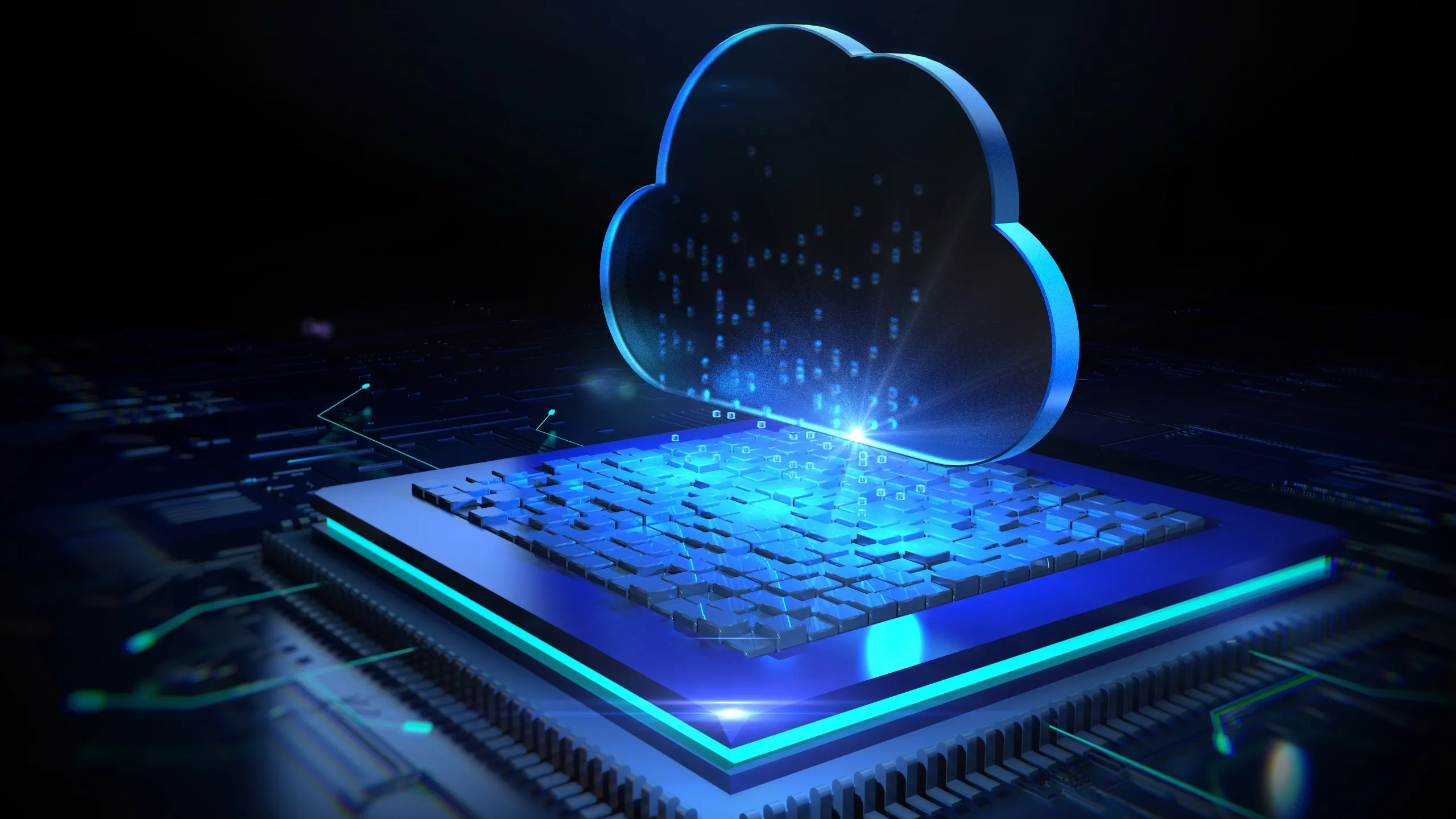
Serverless Computing Innovations
Serverless computing allows developers to run applications without managing underlying infrastructure, reducing operational complexity and costs. New advancements in serverless technology enhance scalability, reduce latency, and optimize resource allocation. Serverless solutions enable businesses to deploy event-driven applications efficiently, handling dynamic workloads without manual intervention. The following innovations are transforming serverless computing in 2024.
- AI-Optimized Serverless Workloads – Machine learning algorithms dynamically adjust function execution, optimizing cost and performance based on real-time demand.
- Edge-Enabled Serverless Architectures – Enables serverless applications to run closer to users, reducing latency for real-time processing and IoT workloads.
- Multi-Cloud Serverless Function Deployment – Allows applications to execute serverless functions across multiple cloud providers for enhanced redundancy and reliability.
- Event-Driven Microservices in Serverless – Serverless platforms improve integration with microservices, enabling real-time data processing and workflow automation.
- Auto-Healing Serverless Applications – AI-driven mechanisms detect failures, restart serverless functions, and reroute workloads to prevent downtime.
- Decentralized Serverless Cloud Platforms – Blockchain-based serverless computing models enhance security, transparency, and cost-efficiency in distributed applications.
- Serverless Database Innovations – Fully managed, auto-scaling databases optimize query execution and reduce costs for data-intensive applications.
- GPU-Powered Serverless Computing – Enables AI and machine learning workloads to run efficiently by leveraging GPU-accelerated computing in a serverless environment.
- Real-Time Streaming with Serverless – Enhances data streaming applications by auto-scaling serverless functions based on incoming data volume.
- Quantum Serverless Computing Prototypes – Early-stage quantum computing models integrate with serverless platforms for next-generation cloud applications.
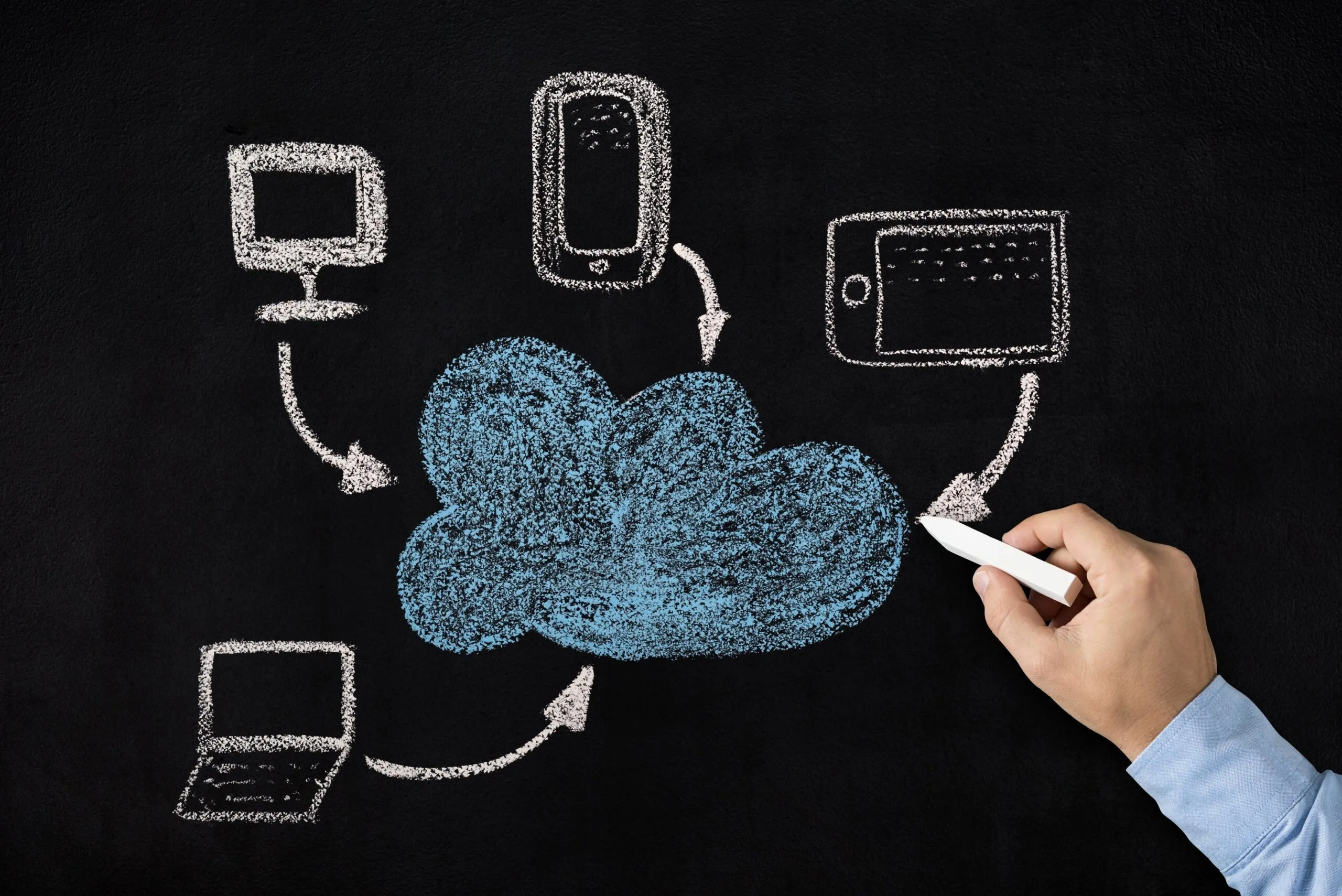
Cloud Sustainability and Green Computing Innovations
Sustainability is becoming a top priority for cloud providers as they strive to reduce energy consumption and minimize carbon footprints. Innovations in energy-efficient computing, carbon-aware workload scheduling, and renewable energy adoption help cloud providers build greener data centers. Organizations are also leveraging sustainable cloud computing practices to optimize resource usage and reduce costs. The following innovations contribute to sustainable cloud computing in 2024.
- Carbon-Aware Cloud Workload Scheduling – AI-based algorithms schedule computing tasks based on the availability of renewable energy sources, reducing carbon emissions.
- Energy-Efficient Cloud Data Centers – Cloud providers invest in advanced cooling technologies, AI-driven power management, and low-energy hardware components.
- Serverless Carbon Footprint Monitoring – Tools provide real-time insights into the environmental impact of serverless workloads, enabling businesses to optimize usage.
- Sustainable Cloud Storage Solutions – Cloud storage platforms use energy-efficient SSDs, AI-based data deduplication, and automatic archiving to reduce power consumption.
- Green AI in Cloud Computing – AI models are optimized to consume less power during training and inference, reducing the environmental impact of cloud-based AI workloads.
- Renewable Energy-Powered Cloud Services – Cloud providers increase reliance on solar, wind, and hydroelectric energy to power cloud infrastructure.
- Decentralized Cloud Energy Management – Blockchain-enabled smart contracts automate energy transactions between data centers and renewable energy providers.
- Carbon-Neutral Cloud Certifications – Cloud providers implement industry-wide carbon-neutral standards to measure and verify sustainability efforts.
- AI-Driven Cooling Systems for Cloud Servers – Machine learning models optimize cooling efficiency in data centers, reducing energy waste.
- Circular Economy in Cloud Hardware – Cloud providers adopt sustainable hardware practices, including recycling and repurposing old servers for extended lifecycle use.

Cloud-Native Application Development Innovations
Cloud-native applications leverage containerization, microservices, and DevOps practices to achieve greater scalability and flexibility. New cloud-native innovations focus on improving deployment speed, reliability, and development efficiency. Businesses are adopting cloud-native technologies to build modern applications that can easily scale across multi-cloud and hybrid environments. The following advancements enhance cloud-native application development in 2024.
- AI-Assisted Cloud-Native Development Platforms – AI-powered coding assistants automate application development, debugging, and optimization for cloud-native applications.
- Next-Gen Container Orchestration Tools – Advanced Kubernetes platforms enhance multi-cluster management, autoscaling, and security for containerized applications.
- Service Mesh Enhancements in Cloud – Improves service-to-service communication, security, and observability in microservices-based cloud architectures.
- Low-Code and No-Code Cloud Platforms – Simplifies cloud-native application development, enabling businesses to create applications with minimal programming.
- Edge-Optimized Cloud-Native Applications – Cloud-native platforms integrate with edge computing to deploy lightweight, latency-sensitive applications.
- Multi-Cloud API Gateways – Provides secure and scalable API management across cloud providers, simplifying microservices communication.
- Immutable Infrastructure for Cloud Applications – Uses automated deployments to ensure consistent application environments and reduce configuration drift.
- Serverless Microservices Patterns – Enhances microservices adoption by integrating serverless computing for cost-efficient execution.
- AI-Enhanced CI/CD Pipelines – Machine learning optimizes continuous integration and deployment, reducing errors and accelerating release cycles.
- Automated Cloud Infrastructure as Code (IaC) – AI-driven tools generate and manage infrastructure configurations, improving scalability and reliability.
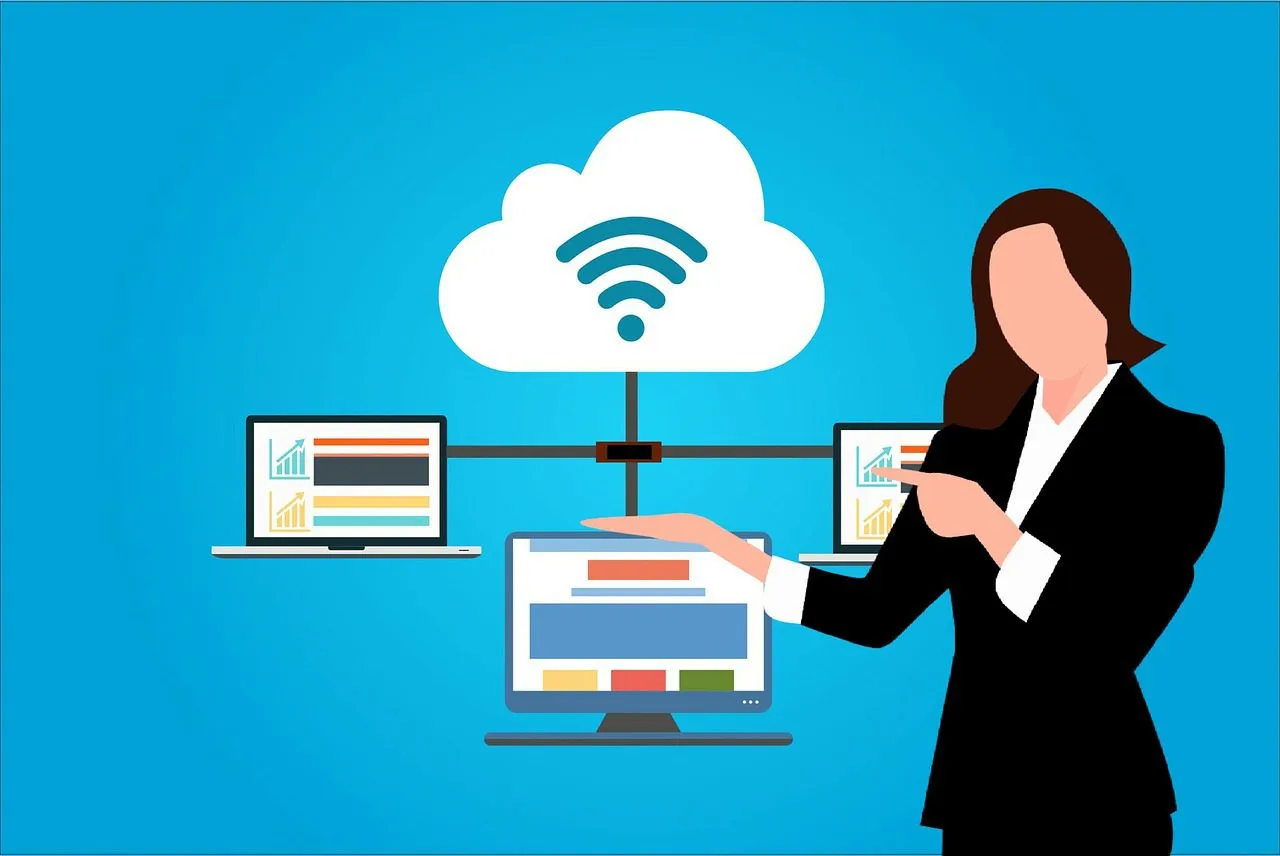
Cloud-Native Application Development Innovations (Continued)
Cloud-native application development continues to evolve with advanced automation, AI-driven optimizations, and improved security frameworks. Developers are increasingly using cloud-native architectures to build scalable, high-performance applications that integrate seamlessly across hybrid and multi-cloud environments. New innovations focus on enhancing developer productivity, securing microservices, and optimizing application performance. The following advancements further expand the capabilities of cloud-native development in 2024.
- AI-Powered Application Performance Monitoring (APM) – Uses machine learning to detect performance bottlenecks, optimize cloud application workloads, and prevent downtime by automatically adjusting configurations.
- Cloud-Native Database Innovations – Next-generation databases are designed for cloud environments, offering auto-scaling, real-time replication, and intelligent query optimization for high-speed data processing.
- Secure Multi-Tenancy for Cloud Apps – Enhances data isolation and access control in multi-tenant cloud applications, ensuring secure and efficient resource allocation in shared cloud environments.
- Cloud-Based Feature Flag Management – Enables developers to release new application features gradually, test updates in real-time, and rollback changes without redeploying applications.
- Immutable Cloud-Native Deployments – Uses containerized, pre-configured application instances that cannot be modified after deployment, increasing security and ensuring consistency across cloud environments.
- Edge-Native Cloud Application Frameworks – New cloud-native frameworks optimize application performance at the network edge, reducing latency and improving responsiveness for real-time applications.
- Event-Driven Serverless Microservices – Enhances microservices development by integrating serverless computing with event-driven architectures, reducing cloud infrastructure costs while improving scalability.
- Cross-Cloud Application Portability – Allows applications to be deployed and migrated seamlessly across different cloud providers, improving flexibility and reducing dependency on a single cloud vendor.
- Decentralized Cloud-Native Data Processing – Uses blockchain and distributed computing models to improve data integrity, security, and processing speed in cloud-native applications.
- Cloud-Based AI DevOps Automation – AI-driven DevOps platforms streamline software development, automate cloud infrastructure provisioning, and optimize CI/CD workflows with predictive analytics.
The rapid evolution of cloud computing in 2024 is shaping the future of technology, providing businesses with scalable, secure, and cost-efficient solutions. From AI-driven security measures and serverless computing to sustainable cloud practices and cloud-native development, these innovations are transforming the way enterprises operate. The integration of multi-cloud, edge computing and automation further enhances efficiency and flexibility. Organizations that embrace these advancements will be well-positioned to thrive in an increasingly digital world.
As cloud computing continues to evolve, businesses must stay ahead by adopting the latest innovations that align with their needs. By leveraging AI-powered automation, advanced security frameworks, and sustainable cloud practices, organizations can achieve better performance, resilience, and cost efficiency. The future of cloud computing is dynamic, and 2024 will be a defining year for technological breakthroughs in this space.

